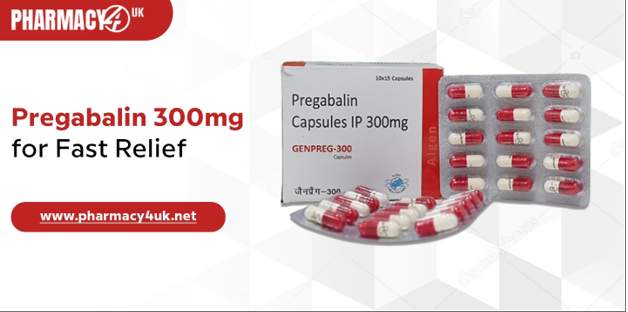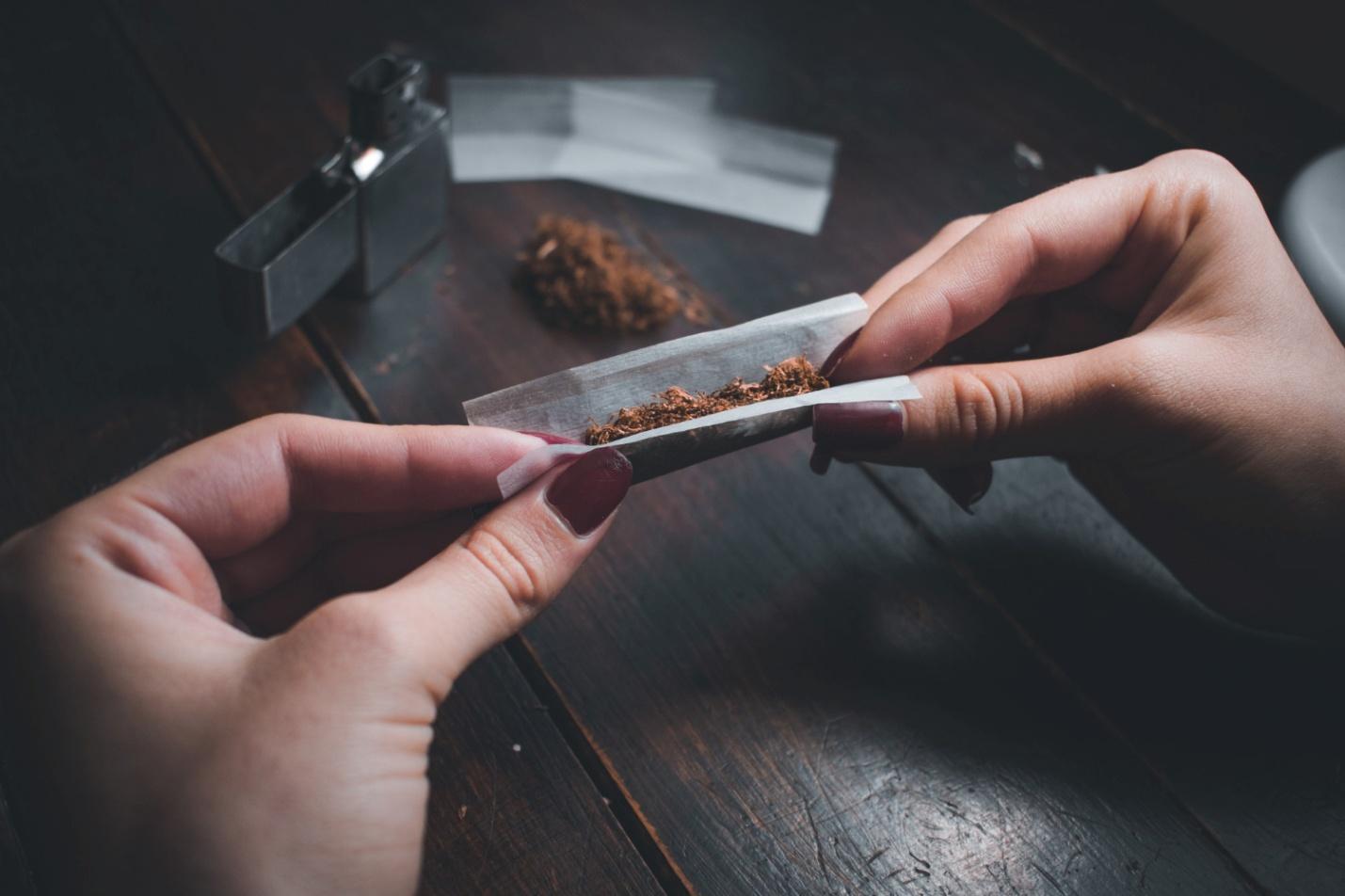Understanding Emergency Dental Situations
Common Dental Emergencies
Dental emergencies can range from sudden toothaches to knocked-out teeth. Immediate attention is crucial to prevent further complications. Common emergencies include:
- Severe toothache
- Broken or chipped teeth
- Knocked-out teeth
- Lost fillings or crowns
- Abscesses or infections
When to Seek Immediate Care
Knowing when to seek immediate care can save your teeth and reduce pain. Seek emergency dental services if you experience:
- Uncontrolled bleeding
- Severe pain
- Swelling in the face or gums
- A knocked-out tooth
- Signs of infection, such as pus or fever
Preventive Measures to Avoid Emergencies
Preventive care is essential to avoid dental emergencies. Here are some tips:
- Maintain good oral hygiene by brushing and flossing daily
- Visit your dentist regularly for check-ups and cleanings
- Avoid chewing hard foods or objects
- Wear a mouthguard during sports activities
Taking preventive measures can significantly reduce the risk of dental emergencies and ensure long-term oral health.
Services Offered by Emergency Dentists
Pain Relief and Management
Emergency dentist Rancho Bernardo are equipped to provide immediate pain relief and management for various dental issues. Effective pain management is crucial to ensure patient comfort and prevent further complications. This can include administering local anesthesia, prescribing pain medications, or performing emergency procedures to alleviate pain.
Tooth Extractions and Repairs
In cases where a tooth is severely damaged or infected, emergency dentists may need to perform extractions or repairs. This can involve:
- Simple or surgical tooth extractions
- Dental fillings for cavities
- Crowns or bridges to restore damaged teeth
Infection Control and Treatment
Dental infections can be serious and require prompt attention. Emergency dentists offer treatments to control and eliminate infections, such as:
- Prescribing antibiotics
- Performing root canal therapy
- Draining abscesses
Quick and effective infection control is essential to prevent the spread of infection and protect overall health.
How to Find an Emergency Dentist in Rancho Bernardo
Local Dental Clinics
Finding a reliable emergency dentist in Rancho Bernardo starts with knowing your local options. Many dental clinics offer emergency services, and it’s crucial to have their contact information handy. You can visit their websites or call them directly to inquire about their emergency services.
Online Resources and Reviews
The internet is a valuable tool for finding an emergency dentist. Websites like Yelp, Google Reviews, and Healthgrades provide reviews and ratings for local dental clinics. Reading reviews can give you insights into the quality of care and patient experiences. Additionally, many dental offices have their own websites where you can find detailed information about their services, including emergency care.
Insurance and Payment Options
When searching for an emergency dentist, it’s essential to consider your insurance coverage and payment options. Some clinics may accept your insurance, while others might offer payment plans or financial assistance. Here’s a quick checklist to help you:
- Verify if the clinic accepts your dental insurance.
- Inquire about payment plans or financial assistance programs.
- Ask about the costs of common emergency procedures.
Being prepared with this information can save you time and stress during a dental emergency.
By following these steps, you can ensure that you find a qualified and reliable dentist in Rancho Bernardo to address your emergency needs. Whether it’s a severe toothache or a broken tooth, knowing where to go can make all the difference.
What to Expect During Your Emergency Dental Visit
Initial Assessment and Diagnosis
Upon arrival, the emergency dentist will conduct an initial assessment to determine the severity of your condition. This may include X-rays and a physical examination to identify the root cause of the problem. Be prepared to provide your medical history and describe your symptoms in detail.
Treatment Procedures
Once the diagnosis is complete, the dentist will discuss the appropriate treatment options with you. Common procedures include:
- Pain management techniques
- Tooth extractions or repairs
- Infection control measures
The dentist will explain each step of the procedure and what you can expect during and after the treatment.
Aftercare and Follow-Up
After your treatment, you will receive detailed aftercare instructions to ensure proper healing. This may include:
- Prescribed medications
- Dietary recommendations
- Follow-up appointments
It’s crucial to follow the aftercare instructions carefully to avoid complications and ensure a smooth recovery.
Preparing for a Dental Emergency
Emergency Dental Kit Essentials
Having an emergency dental kit at home can be a lifesaver. Essential items include:
- Sterile gauze pads
- Dental floss
- Temporary dental filling material
- Pain relievers (e.g., ibuprofen)
- Cold compress
- A small container with a lid (for a knocked-out tooth)
Steps to Take During a Dental Crisis
In the event of a dental emergency, it’s crucial to stay calm and act quickly. Here are the steps to follow:
- Assess the situation and determine the severity of the injury.
- If a tooth is knocked out, place it in a container with milk or saline solution.
- Apply a cold compress to reduce swelling and pain.
- Use sterile gauze to control any bleeding.
- Contact an emergency dentist immediately.
Contact Information for Quick Access
Keep a list of emergency contact numbers readily available. This should include:
- Your regular dentist’s office
- Local emergency dental clinics
- 24-hour dental hotlines
Being prepared for a dental emergency can make a significant difference in the outcome and reduce stress during a crisis.
Cost of Emergency Dental Services
Factors Influencing Costs
The cost of emergency dental services can vary widely based on several factors. Key factors include the severity of the dental issue, the type of treatment required, and the dentist’s experience. Geographic location and the specific dental clinic also play significant roles in determining costs.
Insurance Coverage
Having dental insurance can significantly reduce out-of-pocket expenses for emergency dental services. Most insurance plans cover a portion of emergency treatments, but it’s essential to check the specifics of your policy.
- Verify if your insurance covers emergency dental visits.
- Understand the percentage of costs covered for different types of treatments.
- Check if there are any limitations or exclusions.
Payment Plans and Financial Assistance
Many dental clinics offer payment plans to help manage the cost of emergency services. These plans can spread the cost over several months, making it more affordable. Additionally, some clinics provide financial assistance or sliding scale fees based on income.
| Payment Option | Description |
| Payment Plans | Monthly installments to cover treatment costs |
| Financial Assistance | Income-based discounts or sliding scale fees |
| Credit Options | Medical credit cards or loans for dental care |
It’s crucial to discuss payment options with your dental clinic before undergoing any emergency procedures to ensure you understand all available financial resources.















